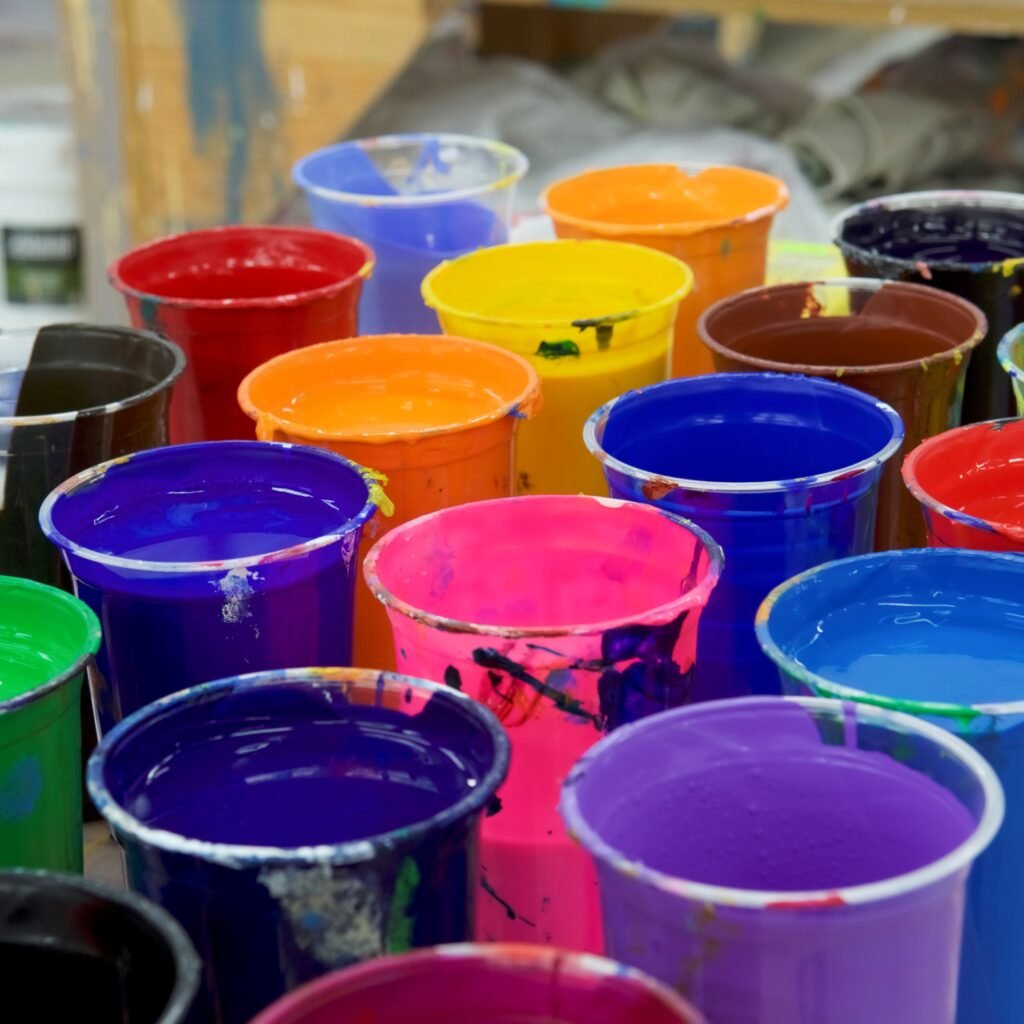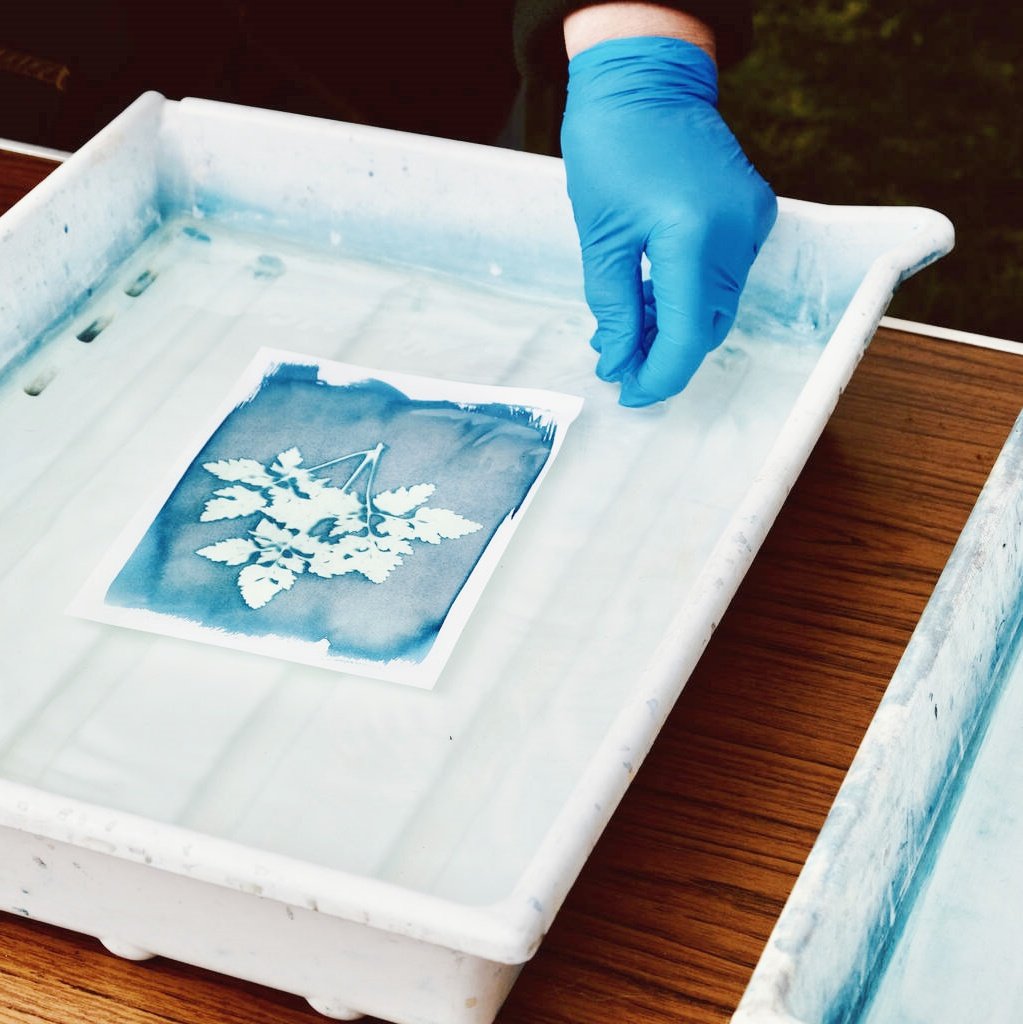In the textile printing industry, Plastisol Ink is highly favored due to its unique properties and wide range of applications. Especially when used on canvas, Plastisol Ink not only boasts vibrant and long-lasting colors but also exhibits excellent elasticity and adhesion. However, understanding the drying times and conditions for Plastisol Ink on canvas is crucial for ensuring print quality.
I. Basic Characteristics of Plastisol Ink
Plastisol Ink, also known as heat-set ink or oily paste, is a non-solvent-based ink. Its main components include resin (without solvent or water), pigments, and other additives, with a solid content of 100%. This ink exhibits thixotropy, meaning it is thicker when left undisturbed and becomes thinner when stirred. Additionally, it tends to be thinner in summer and thicker in winter. Plastisol Ink is suitable for various manual and mechanical printing processes, capable of producing special effects such as color matching, flat, three-dimensional right angles, rounded corners, stone, bark, and more.
II. The Drying Process of Plastisol Ink on Canvas
Plastisol Ink does not dry at room temperature; it requires heat to cure. Below is a detailed look at the drying process and conditions for Plastisol Ink on canvas:
1. Temperature and Time
Heat absorption is a process determined by both temperature and time. Typically, Plastisol Ink needs to be baked at a temperature of 150°C to 180°C for 1 to 3 minutes to fully cure. At higher temperatures, the required time is shorter; at lower temperatures, the time is longer, but the temperature should not fall below 150°C. To improve shipping efficiency, temperatures usually range from 165°C to 180°C during baking.
2. Cure Detection
A simple method to check if the ink has cured is to observe its surface characteristics. Cured Plastisol Ink is elastic, with a surface that cannot be scratched to produce powder or damage. If the surface is easily scratched or damaged, it indicates that the plasticizing temperature is not sufficient, and the plasticizing temperature and time may need to be increased appropriately.
3. The Role of Plastisol Ink Mixing Software
When preparing Plastisol Ink, using Plastisol Ink Mixing Software allows for precise control over the ink’s composition ratio, ensuring that each batch of ink meets quality requirements. This not only enhances printing effects but also reduces curing issues caused by improper ink mixing.
III. Factors Affecting the Drying of Plastisol Ink on Canvas
1. Ink Quality
The quality of the ink directly affects its drying performance. High-quality Plastisol Ink contains a high proportion of resin and pigments, resulting in strong adhesion and resistance to falling off after curing. Therefore, when selecting ink, focus on quality and choose well-known brands and premium products.
2. Canvas Material
The material of the canvas also has an impact on the drying of Plastisol Ink. Plastisol Ink is suitable for fabrics with good air permeability and high temperature resistance, such as 100% cotton, cotton/polyester blends, polyester, light and dark-colored fabrics, denim, and more. For non-porous or heat-sensitive substrates such as plastic, metal, or glass, the drying effect of Plastisol Ink will be greatly reduced.
3. Baking Equipment
The choice and use of baking equipment also directly affect the drying effect of Plastisol Ink. Choose baking equipment with precise temperature control and uniform heating, and ensure that the equipment is preheated to the set temperature before use. Additionally, regularly check the equipment status during baking to avoid drying issues caused by equipment malfunctions.
IV. Solving the Problem of Uncured Plastisol Ink on Canvas
In practical applications, issues with uncured Plastisol Ink on canvas may sometimes arise. This could be due to insufficient baking temperature or time, improper ink mixing, or unsuitable canvas material. To address these issues, the following measures can be taken:
1. Increase Baking Temperature or Extend Baking Time
If the ink is not fully cured, the baking temperature can be appropriately increased or the baking time extended. However, care should be taken to avoid over-baking, which could damage the canvas or cause ink discoloration.
2. Adjust the Ink Mixing Ratio
If the ink mixing is improper, the proportions of resin, pigments, and other additives can be adjusted to ensure the ink’s curing performance meets requirements.
3. Replace Suitable Canvas Material
If the canvas material is unsuitable for Plastisol Ink, it can be replaced with a more breathable and heat-resistant material, such as 100% cotton or cotton/polyester blend canvas.
4. Consult Professional Suppliers
If the above measures fail to solve the problem, consulting professional Plastisol Ink suppliers for technical support and solutions is recommended.
V. Application Cases of Plastisol Ink on Canvas
Below are some application cases of Plastisol Ink on canvas, showcasing its wide range of applications and excellent performance in different fields:
1. Artistic Creation
Many artists choose to use Plastisol Ink on canvas for artistic creation. They utilize the vibrant, long-lasting colors and strong adhesion of Plastisol Ink to create artworks with unique styles and visual impact.
2. Textile Printing
Plastisol Ink is also widely used in the textile printing industry. When printing patterns and text on clothing such as T-shirts, shirts, and dresses, Plastisol Ink provides clear and delicate printing effects with good washability and wear resistance.
3. Advertising and Signage
Plastisol Ink also plays an important role in the advertising and signage industry. It can provide vibrant, long-lasting color effects on various outdoor billboards, vehicle advertisements, exhibitions, and more, attracting people’s attention and conveying information.
VI. Acquisition and Selection of Plastisol Ink
For users needing to purchase Plastisol Ink, choosing a reliable supplier is crucial. Below are some suggestions on how to acquire and select Plastisol Ink:
1. Find Nearby Suppliers
Suppliers of Plastisol Ink can be found through search engines or industry directories. When searching, keywords such as “Plastisol Ink nearby” or “Plastisol Ink nz” (assuming you are in New Zealand) can be used to obtain more precise results.
2. Understand Supplier Credentials
When selecting a supplier, it is important to understand their qualifications and reputation. Choosing a supplier with a production license, quality management system certification, and a good reputation can ensure the purchase of high-quality Plastisol Ink.
3. Consult Professionals
If you are unfamiliar with Plastisol Ink or require ink with specific properties, consulting professionals or experts in the industry is recommended. They can recommend suitable ink brands and models based on your needs.
VII. Conclusion
The drying times and conditions for Plastisol Ink on canvas are key factors affecting print quality. By understanding the basic characteristics, drying process and conditions, factors affecting drying, and methods to solve uncuring issues, we can better master the techniques for using Plastisol Ink on canvas. Additionally, choosing high-quality ink and suitable canvas material, using precise baking equipment and temperature control are also important measures to ensure print quality. I hope this article provides valuable reference and guidance for users.


